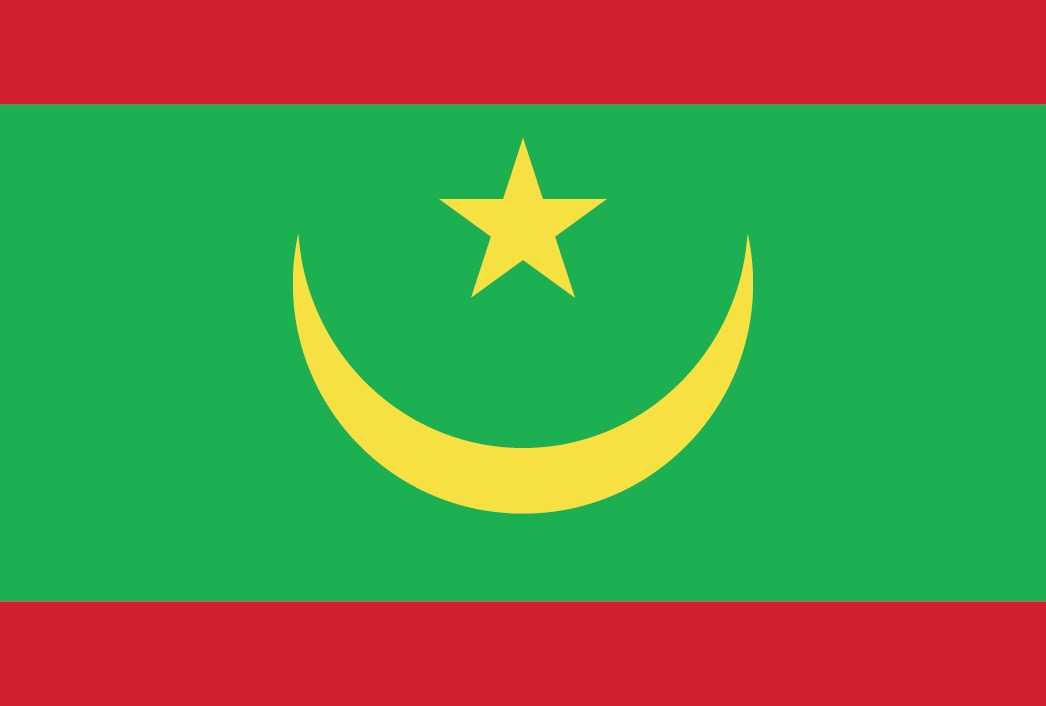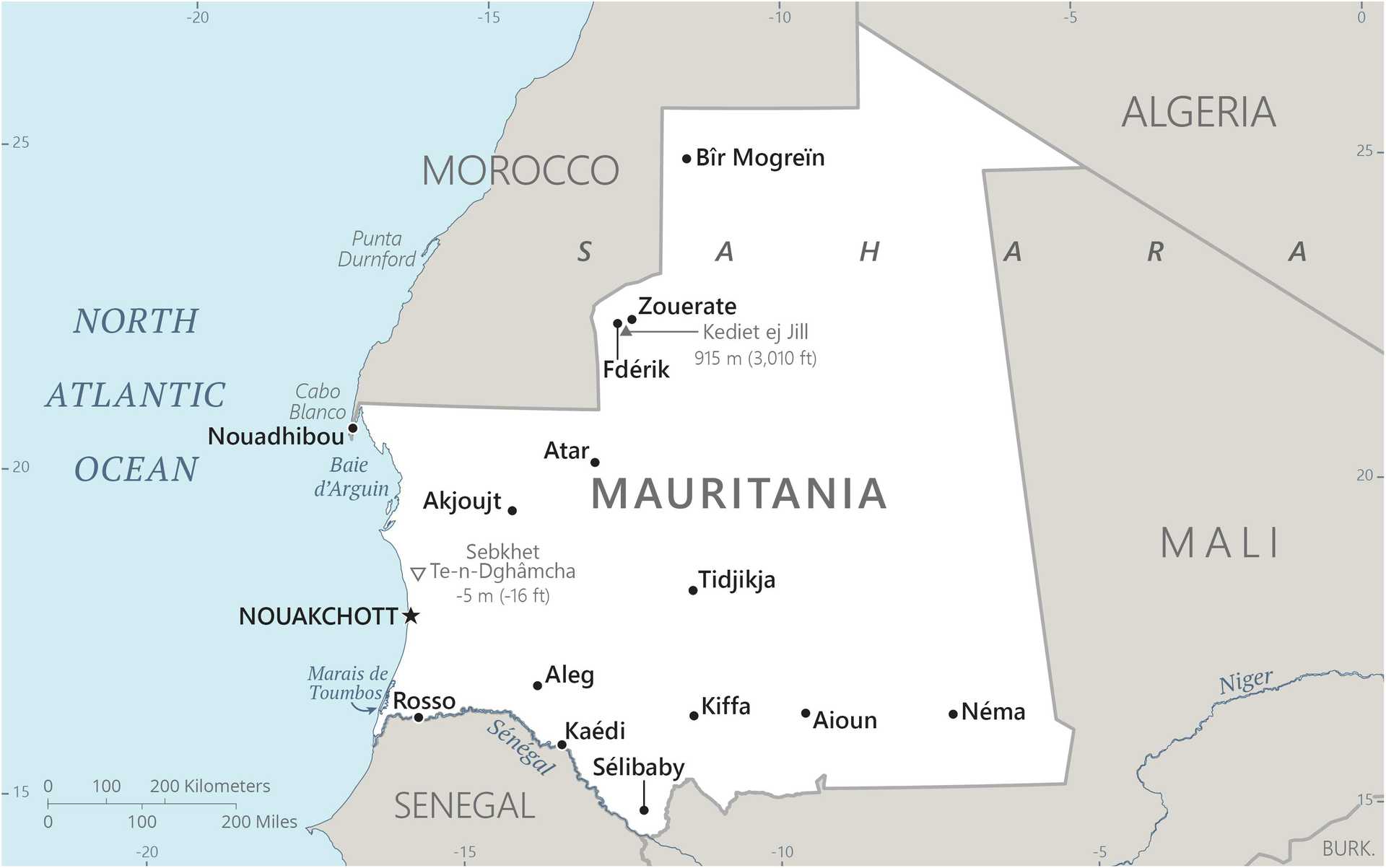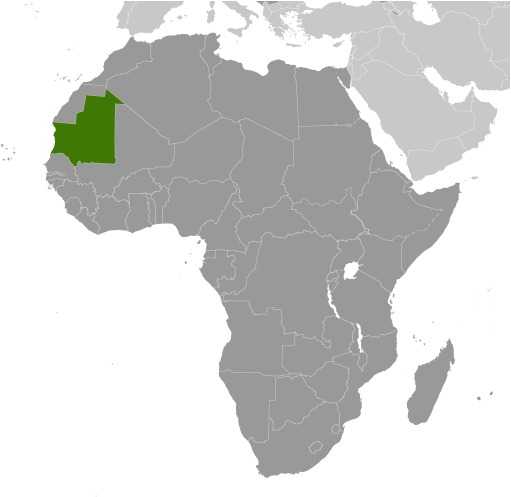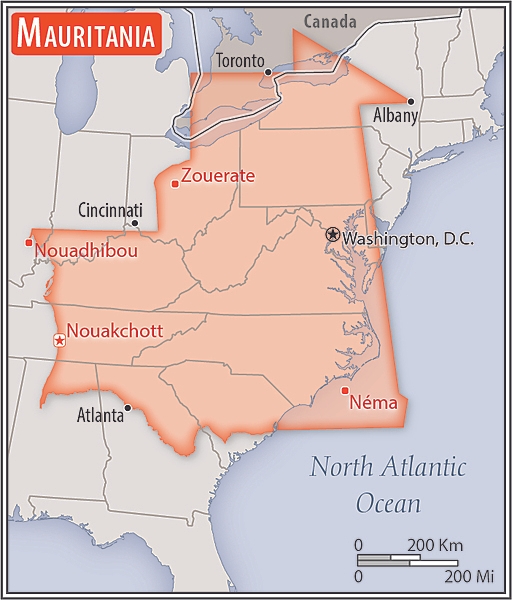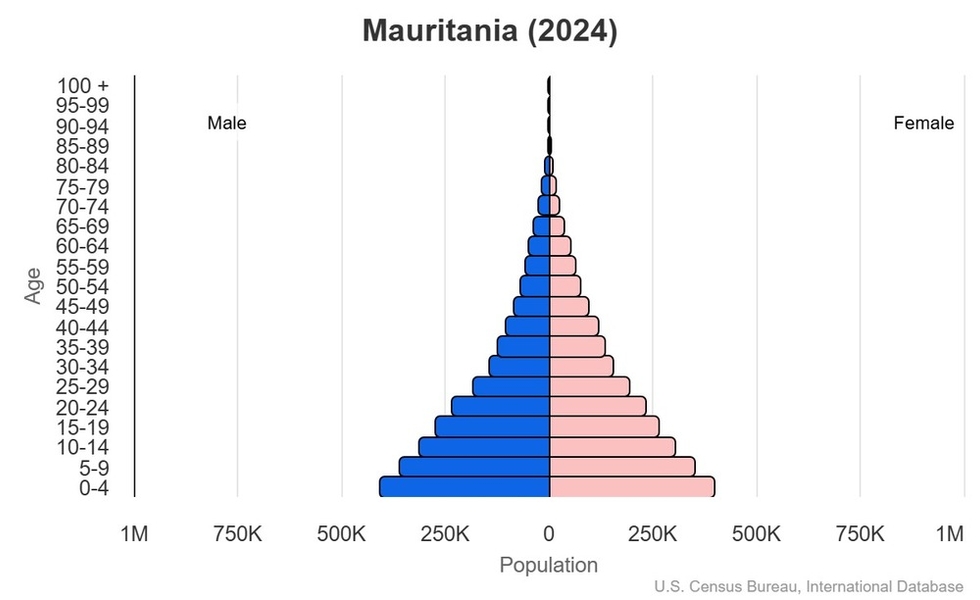Introduction
Visit the Definitions and Notes page to view a description of each topic.
Geography
People and Society
Population
comparison rankings: total 128; male 129; female 127
Languages
Median age
comparison ranking: total 185
Population growth rate
comparison ranking: 43
Birth rate
comparison ranking: 37
Death rate
comparison ranking: 115
Net migration rate
comparison ranking: 133
Maternal mortality ratio
comparison ranking: 15
Infant mortality rate
comparison ranking: total 19
Life expectancy at birth
comparison ranking: total population 204
Total fertility rate
comparison ranking: 38
Obesity - adult prevalence rate
comparison ranking: 132
Alcohol consumption per capita
comparison ranking: total 186
Tobacco use
comparison ranking: total 140
Children under the age of 5 years underweight
comparison ranking: 10
Education expenditure
comparison ranking: Education expenditure (% GDP) 72
Environment
Carbon dioxide emissions
comparison ranking: total emissions 138
Government
National anthem(s)
Economy
Real GDP (purchasing power parity)
comparison ranking: 144
Real GDP growth rate
comparison ranking: 35
Real GDP per capita
comparison ranking: 164
Inflation rate (consumer prices)
comparison ranking: 71
GDP - composition, by sector of origin
comparison rankings: agriculture 36; industry 53; services 182
Industrial production growth rate
comparison ranking: 84
Labor force
comparison ranking: 141
Unemployment rate
comparison ranking: 151
Youth unemployment rate (ages 15-24)
comparison ranking: total 41
Gini Index coefficient - distribution of family income
comparison ranking: 108
Current account balance
comparison ranking: 128
Reserves of foreign exchange and gold
comparison ranking: 126
Debt - external
comparison ranking: 85
Energy
Electricity
comparison rankings: installed generating capacity 139; consumption 153; imports 100; transmission/distribution losses 71
Energy consumption per capita
comparison ranking: 141
Communications
Telephones - fixed lines
comparison ranking: total subscriptions 157
Telephones - mobile cellular
comparison ranking: total subscriptions 124
Broadband - fixed subscriptions
comparison ranking: total 181
Transportation
Merchant marine
comparison ranking: total 158

